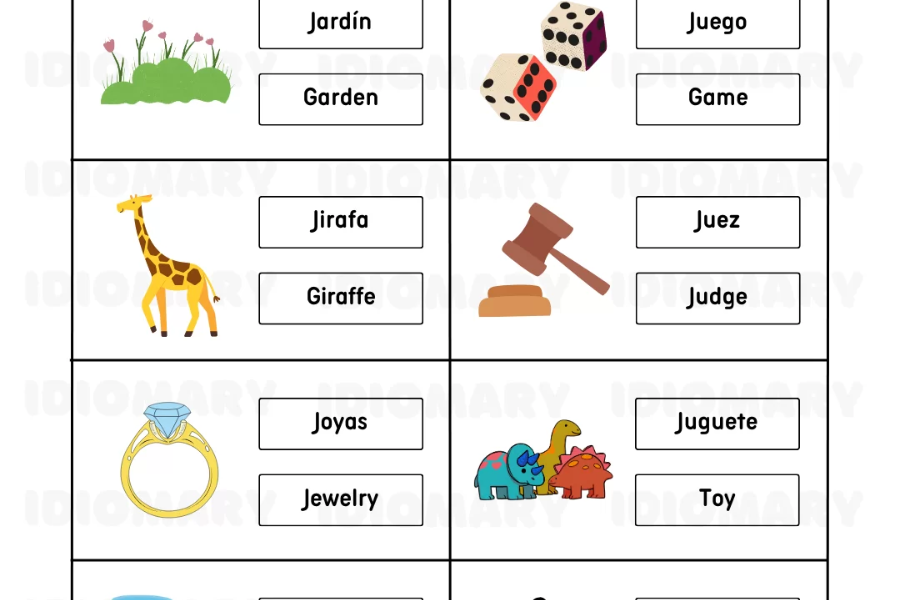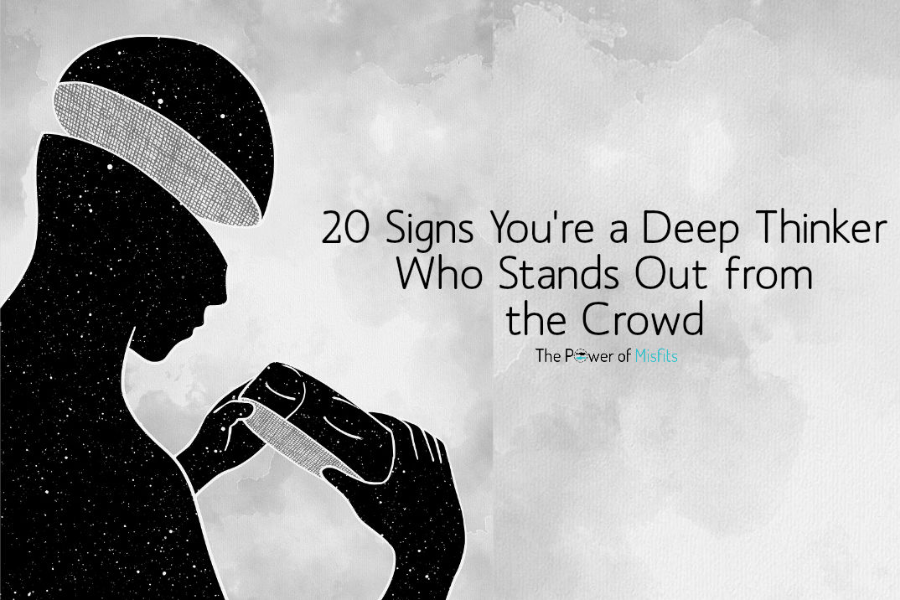Breaking down on the side of the road is never a good experience. Whether it’s a dead battery, a flat tire, engine failure, or an accident, the first thing you need is a reputable and affordable tow truck near me to get you out of a difficult position without breaking the bank. But how can you locate economical and dependable towing services when you’re in a hurry?
This article will teach you everything you need to know about locating affordable tow truck services in your area, including how to evaluate prices, what to expect from the service, and how to avoid pricey or low-quality companies.
Why You Might Need a Tow Truck
Towing services come in handy during a variety of emergencies and situations, including:
- Vehicle breakdowns
- Car accidents
- Flat tires with no spare
- Dead battery or electrical failure
- Lockouts
- Illegal parking
- Engine overheating
Having access to a trusted towing company that’s both cheap and local gives you peace of mind, especially if you drive frequently or take long trips.
How to Search for a Cheap Tow Truck Near Me
When you’re stuck on the road, quick access to a nearby and affordable tow truck is essential. Here are some ways to locate one:
1. Use Google or Map Apps
Search terms like:
- “Cheap tow truck near me”
- “Affordable towing services [your city]”
- “Tow truck open now near me”
This will yield local results with ratings, distance, and contact info.
2. Use Towing and Roadside Assistance Apps
Apps like HONK, Urgent.ly, and AAA offer towing at pre-negotiated rates and can connect you to nearby drivers within minutes.
3. Ask for Local Recommendations
If you’re near a gas station, auto repair shop, or even a convenience store, employees might know affordable and trustworthy towing services in the area.
What Does a Tow Truck Service Typically Include?
Towing companies usually offer a variety of roadside assistance services, often beyond just towing. These include:
- Flatbed towing or wheel-lift towing
- Battery jump-starts
- Tire changes
- Fuel delivery
- Lockout assistance
- Winch-out service for stuck vehicles
Even if your vehicle doesn’t need towing, a local tow company can still provide fast help at lower rates than full-service roadside providers.
Average Cost of Towing Services
The cost of a tow truck can vary depending on several factors:
| Service Type | Average Cost (USD) |
| Hook-up fee | $35 – $100 |
| Per-mile charge | $2 – $7 per mile |
| Long-distance tow | $100 – $600+ |
| Flat tire change | $50 – $100 |
| Jump-start | $40 – $70 |
Pro Tip: Some companies may offer flat-rate towing for short distances, which can be cheaper if you’re within a 10-mile radius.
Tips to Get the Best Price on Towing Services
Not all cheap tow trucks are equal—some offer better quality and service than others. Follow these tips to get great service at a low price:
1. Compare Quotes
Call 2–3 companies and ask for a quote. Make sure to specify:
- Your vehicle type
- Distance to be towed
- Road condition (if stuck, tilted, etc.)
2. Ask About Hidden Fees
Avoid companies that charge:
- Additional mileage not quoted upfront
- Hook-up and drop-off as separate fees
- Fuel surcharges or after-hours fees
3. Look for Local Providers
Local or independent tow truck drivers often charge less than large national companies, and they may arrive quicker.
4. Check for Discounts
Some companies offer:
- First-time customer discounts
- AAA or insurance member discounts
- Student, senior, or military pricing
What to Expect During a Tow Truck Call
Knowing what happens when you call a tow truck service can help you stay calm and prepared.
Step-by-Step Process:
- Call the towing company or use an app.
- Provide details about your location, vehicle, and the issue.
- Receive an estimated arrival time and cost.
- Wait in a safe location (not inside the vehicle on a highway).
- Verify the driver’s credentials upon arrival.
- Sign any necessary paperwork.
- Follow the tow truck or arrange pickup at your destination.
Always confirm the service and pricing before the tow begins.
Signs of a Trustworthy Yet Cheap Tow Truck Company
Affordability doesn’t mean poor service. Here’s how to spot a good cheap tow truck provider:
- Licensed and insured
- Transparent pricing
- Quick response time
- Positive online reviews
- 24/7 availability
- Polite and professional drivers
Avoid companies with no web presence, unclear pricing, or those demanding cash-only payments with no receipt.
When to Avoid the Cheapest Option
Sometimes the cheapest towing service isn’t the best choice—especially if:
- The company has poor reviews or no traceable address
- They avoid giving a quote over the phone
- They arrive in unmarked vehicles
- They demand full payment upfront
A tow truck should provide both affordability and peace of mind. Safety and quality should never be compromised.
Conclusion
When you’re in a roadside emergency, finding a cheap tow truck near me is your main priority. Fortunately, with the correct tools and information, you can discover cost-effective towing without sacrificing quality or safety. By researching costs, reading reviews, and knowing what to expect, you may have a stress-free towing experience. Remember, doing little research ahead of time might help you discover reputable aid when you need it the most.
Frequently Asked Questions (FAQs)
Q1: How can I get the cheapest tow truck service near me?
Use comparison tools, call multiple local companies for quotes, and look for discounts. Avoid middlemen and stick to locally-owned providers.
Q2: Does car insurance cover towing costs?
Some policies include towing and roadside assistance. Check your policy or ask your insurer if you’re covered.
Q3: How far can a tow truck tow my car?
Most companies can tow short or long distances. Be clear about the mileage to get an accurate quote.
Q4: Can I tow a car without a tow truck?
Only if you have the proper equipment and another vehicle rated for towing. It’s safer and more reliable to hire a professional.
Q5: Are towing services available 24/7?
Yes, most tow truck companies operate 24/7, especially in urban and suburban areas.









